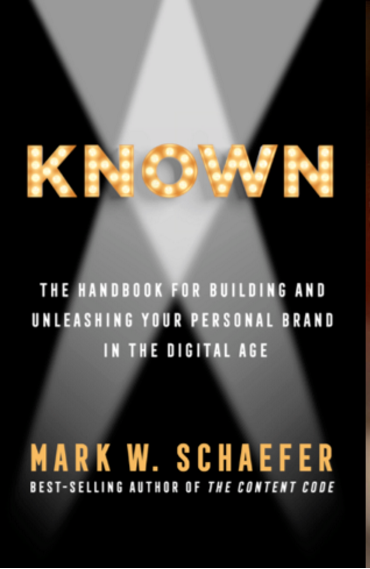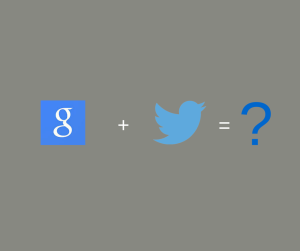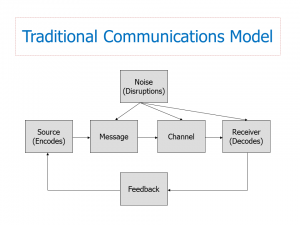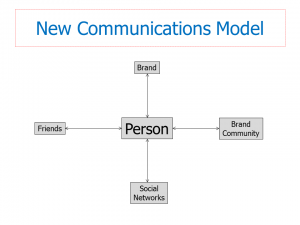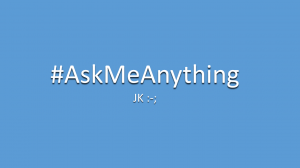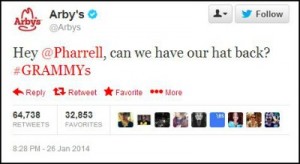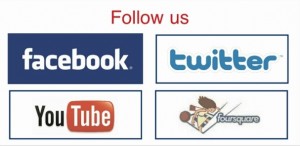Have you ever wondered what it would be like to be famous (assuming you are not already famous)? Celebrities and their lifestyles fascinate us. I once saw a “person on the street” interview in which a teenage girl said her career goal was “to be famous like Paris Hilton.” Fame has become a career path, apparently.
You may have no desire to become famous like Paris Hilton, but you can aspire to be something even more important: known. That idea is at the heart of the latest book by social media marketing expert Mark Schaefer. His sixth book is Known: The Handbook for Building and Unleashing Your Personal Brand in the Digital Age. Schaefer knows a thing or two about being known. He is recognized, err known, as an authority on blogging, content marketing, and social media marketing. His {grow} blog has legions of followers, and his podcast “The Marketing Companion” (co-hosted with Tom Webster) is billed as “the most entertaining marketing podcast”—and delivers on that claim.
A Fix for Bad Personal Branding
You can find a lot written about personal branding… and a lot of it is crap. Oh, you can find plenty of blog posts sharing the five or seven steps to building your personal brand. The problem is the task of building a brand is such a monumental task it cannot be tackled in a 600 word blog post.
Another shortcoming of most works on the topic of personal branding is that they are heavy on what you should do but light on how to do it. In Known, Schaefer overcomes both of these limitations. The book has the needed depth to walk anyone through the process of positioning and communicating your brand. Moreover, application exercises throughout the book enable you to gain personal brand clarity.
Becoming Known
Known is the culmination of extensive research and interviews with people who are where those of us reading the book aim to reach: being known. Schaefer distills his research into becoming known by identifying four critical factors.
- Finding your place (what it is you want to do and can do consistently)
- Finding your space (an “uncontested niche” to be differentiated)
- Finding your fuel (creating content in an “open space that reflects your interests and personality)
- Creating an actionable audience (activating responses through engagement, networking, and influence).
Schaefer’s presentation is so effective, it is tempting to say “it’s that simple.” OK, becoming known is not as easy as 1,2, 3, 4. It is hard work and requires persistence, themes that appear regularly throughout the book. But, the blend of concepts, how to, and case studies of people who have succeeded in communicating their personal brand’s value indeed make Known a personal branding handbook.
Best of the Best
So what are my takeaways from Known? Here is the list:
- Be wary of following your passion. It is advice espoused by many personal branding and career experts. Instead, Schaefer advocates focusing on a “sustainable interest” that can connect your brand to the well-being of others.
- While you seek to stake out an uncontested niche (i.e., your space), you do not have to be the first person there. First-mover advantage can be just that, an advantage. However, history reminds that being first does not equal being the greatest (think Atari video games and Commodore PCs).
- Content is the fuel to become known. People may come to know you, but it will happen because they know your content, first.
- Never publish content that can be created by someone else. Lack of distinctive content puts one on a fast track to anonymity.
- Audience is the fire created by fuel (content). It is not enough to create great content. An audience must be aware of it, relate to it, and accept it.
Now What?
A drawback to many business books is that it is difficult to maintain momentum from ideas taken from a book. If that happens after reading Known, it will be our own fault. Why? The key to being known is consistency. Managing the four areas of your brand (place, space, fuel, and audience) is an ongoing concern. Consistency is a must. It will not come from a book, blog, conference, or other person. It’s our turn to become known.

